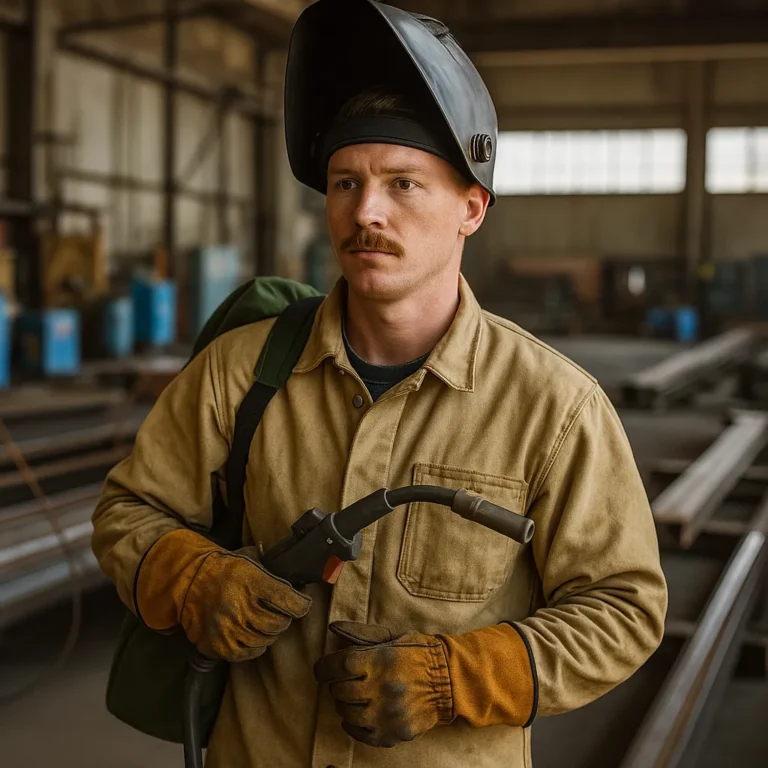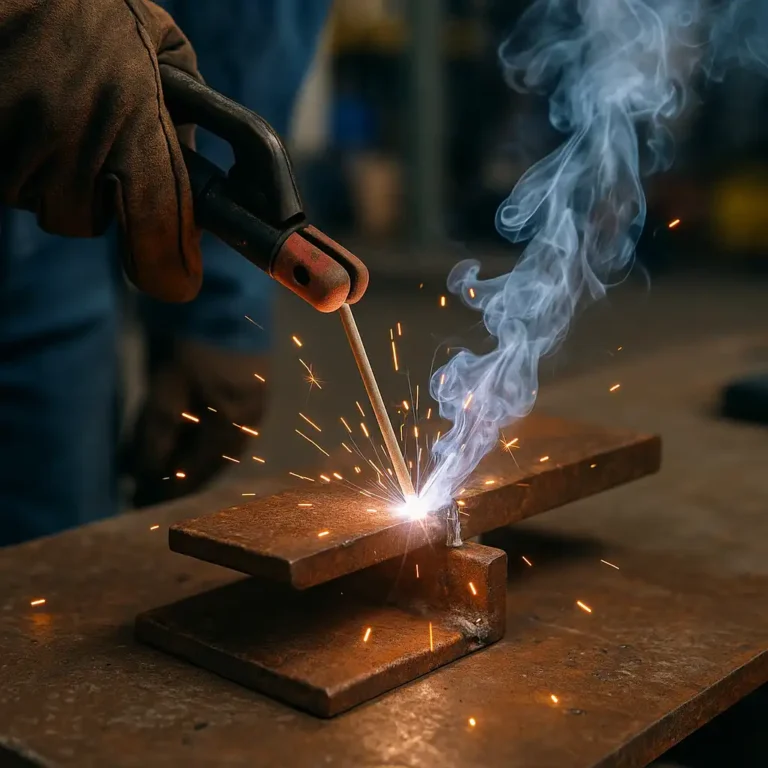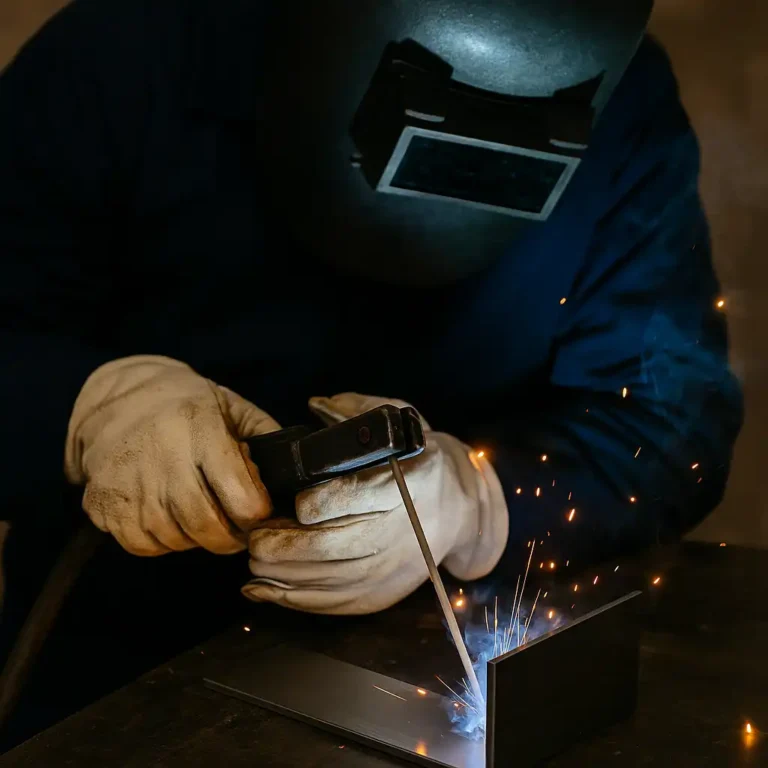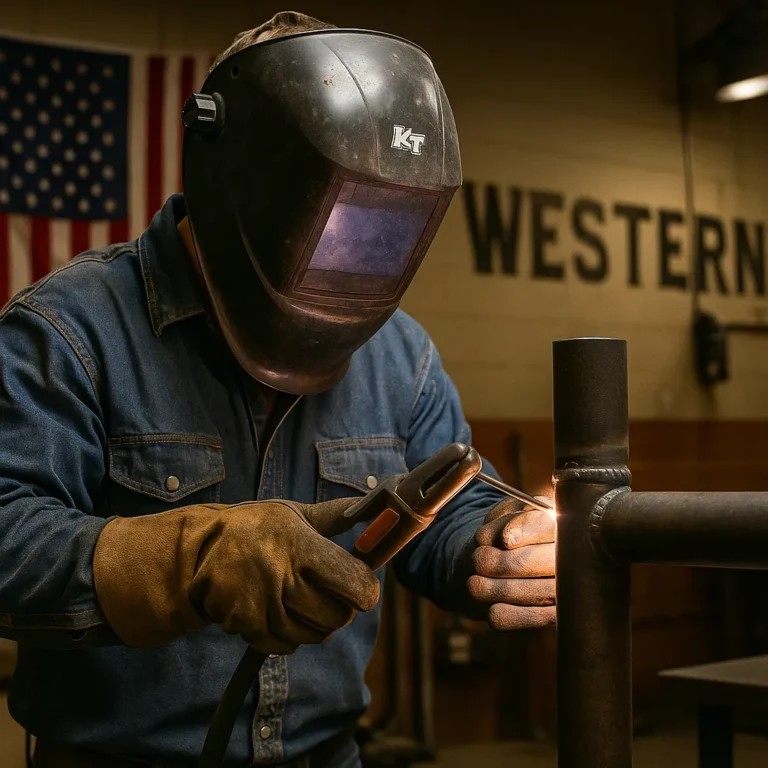Career Pathways in Welding: Your Guide to Building a Future in the Trade
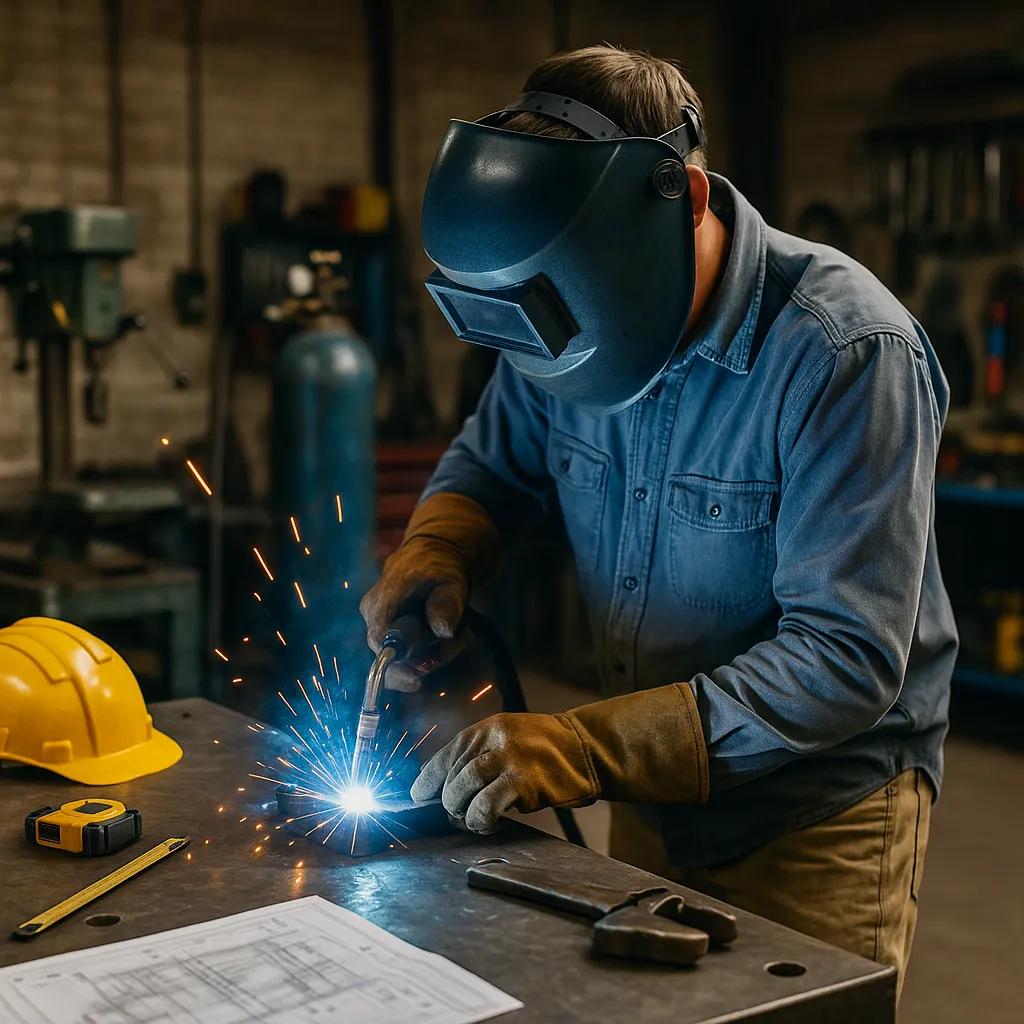
Disclosure: This post contains affiliate links. As an Amazon Associate, I earn from qualifying purchases—at no extra cost to you.
Welding is more than just a job—it’s a gateway into a skilled trade that can lead to a wide variety of career opportunities. Whether you’re just getting started or looking to level up, the welding industry offers strong earning potential, steady demand, and the ability to specialize in areas that suit your lifestyle and strengths.
From hands-on fabrication to inspection, education, and even running your own repair service, welding can take you far if you’re willing to build your skills and stay flexible.
Structural and Pipe Welding: Big Projects and Big Payoffs
Structural welders help build the framework for bridges, buildings, and ships. Pipe welders work with pressure systems—like oil pipelines or gas lines—where precision and safety are non-negotiable. These roles often require certifications, like AWS D1.1 or 6G, and usually pay well, especially on the road.
Many welders say this path is demanding but worth it. Fieldwork can mean long hours, outdoor conditions, and a fair amount of travel. But it’s also where you’ll find some of the best-paying jobs in the trade.
Fabrication and Manufacturing: Reliable Work, Valuable Skills
If you like welding in a controlled environment with a steady schedule, fabrication shops are a great place to grow. Here, welders assemble everything from custom frames and trailers to machine parts and architectural metalwork.
Shop welders often report that these jobs help sharpen technique and boost productivity. You’ll likely use MIG or TIG most of the time, and you’ll need to read blueprints and follow tight tolerances. It’s a great route if you value consistency, teamwork, and developing a broad skill set.
Welding Inspection and Quality Control: A Natural Next Step
After spending a few years on the torch, many experienced welders move into inspection roles. Certified Welding Inspectors (CWIs) make sure welds meet structural codes and safety standards. These jobs often involve visual inspections, technical documentation, and sometimes advanced tools like ultrasonic or X-ray testing.
This career move requires extra training, but it’s well-regarded and typically comes with a pay raise. According to feedback from industry forums, CWIs appreciate the shift away from heavy physical labor and the opportunity to apply deep knowledge of weld behavior and material performance.
Teaching, Repairs, or Self-Employment: Flexible and Fulfilling
Some welders build careers by going local. That might mean teaching welding at a trade school, offering mobile repair services, or launching a small metal art business.
Welders who go this route often highlight the personal satisfaction and flexibility. Whether you’re fixing gates on a ranch or fabricating custom signs, these roles allow for creative expression, schedule control, and the chance to grow a reputation in your community. It may take longer to ramp up, but it can be one of the most rewarding paths in the long run.
Conclusion
Welding offers far more than just a paycheck. It’s a skilled trade that opens doors across industries—from infrastructure and energy to education and creative entrepreneurship.
Here’s the big picture:
Pros:
- Wide range of career options
- High demand and solid earning potential
- Opportunities to specialize and grow
Things to keep in mind:
- Some roles require travel or certifications
- Physical demands can be tough early on
- Career advancement may take extra training
No matter your background or goals, welding offers a path you can shape. Whether you’re aiming for stability, adventure, or independence, there’s a route in this trade that can get you there.

